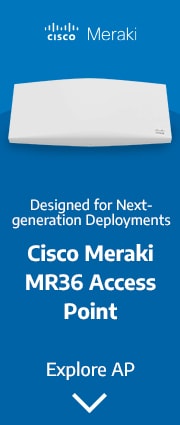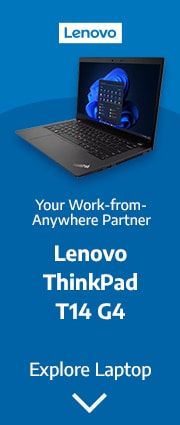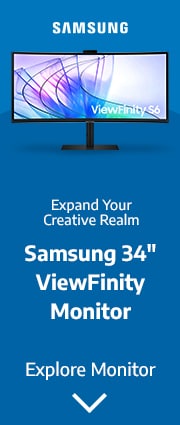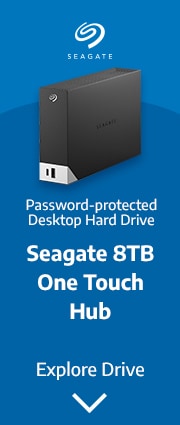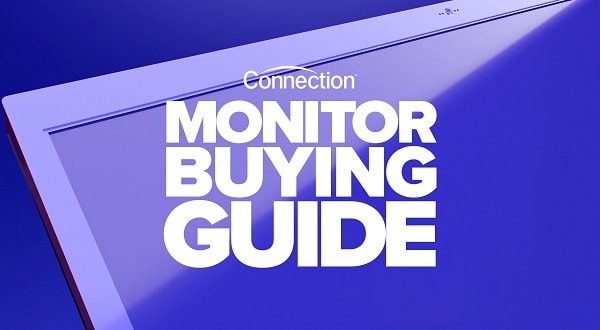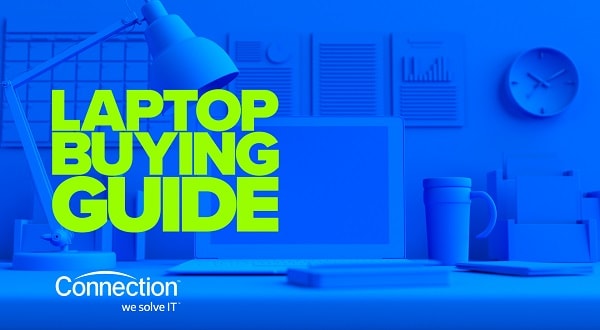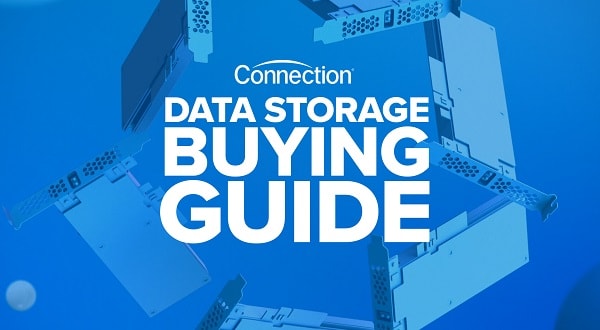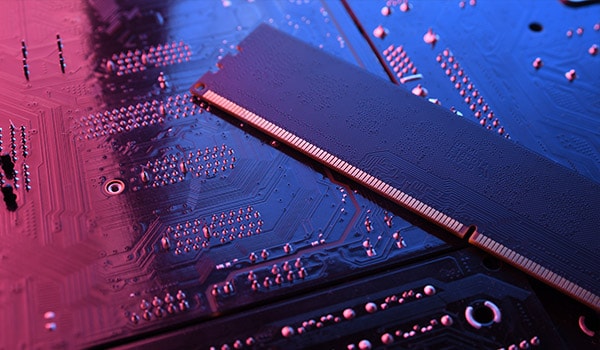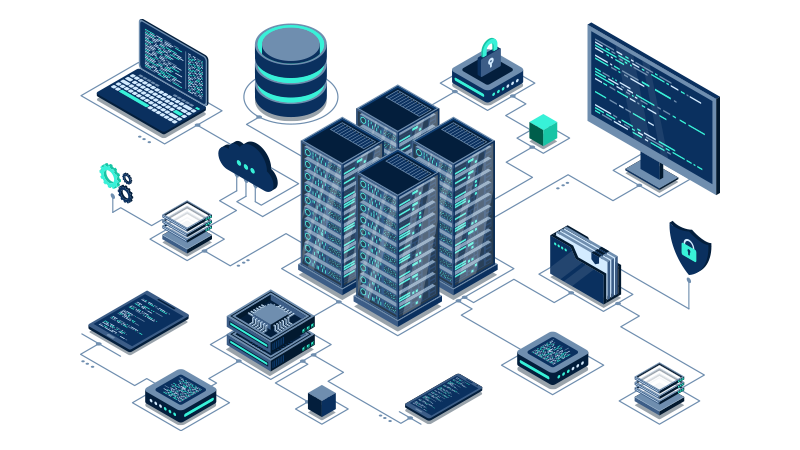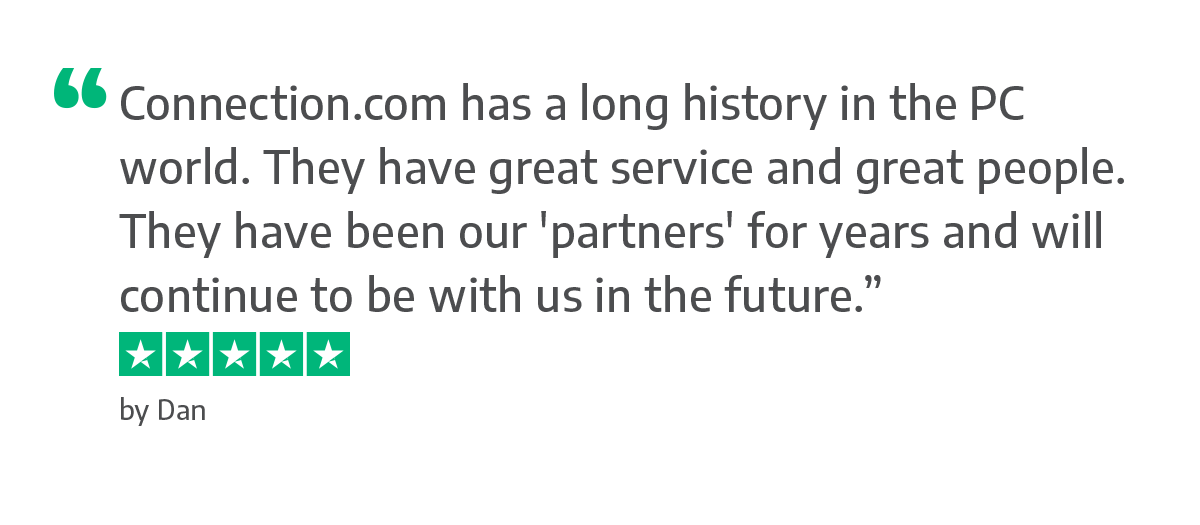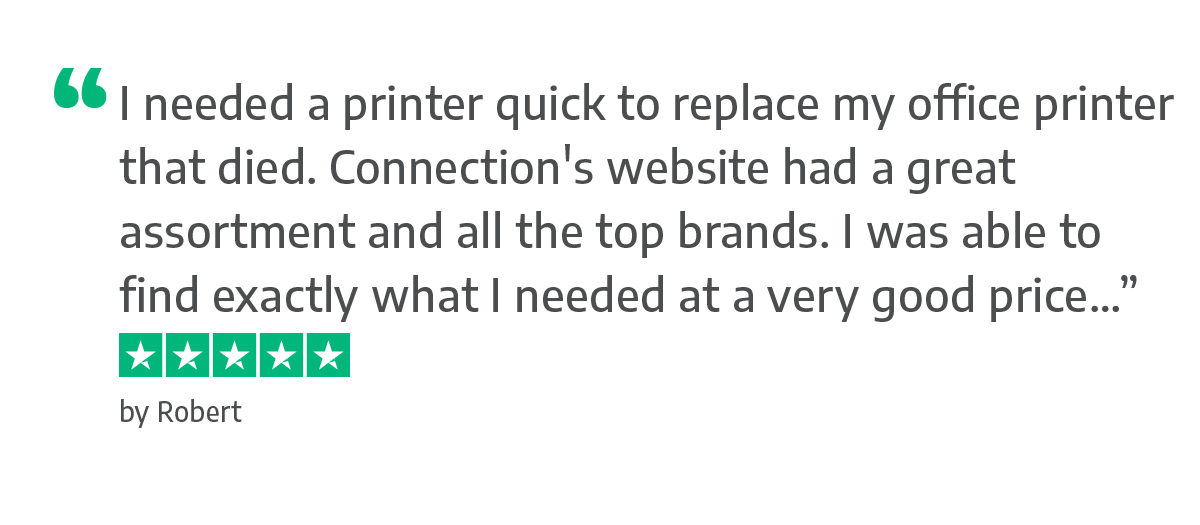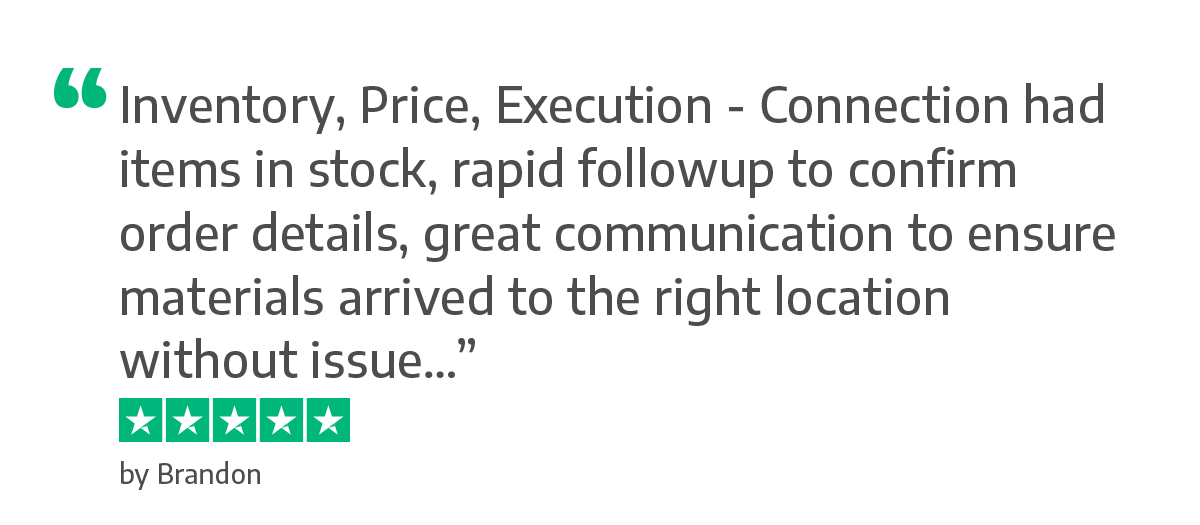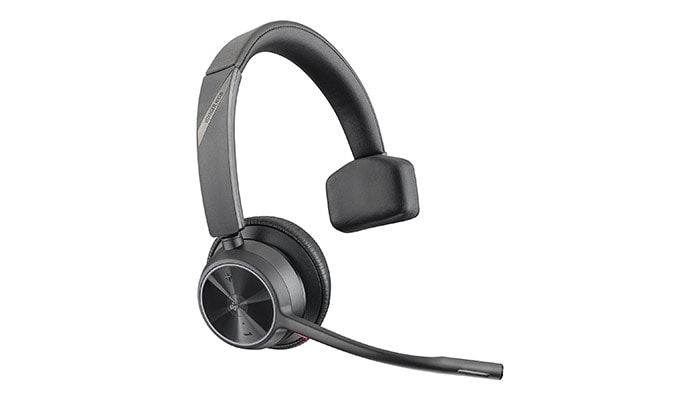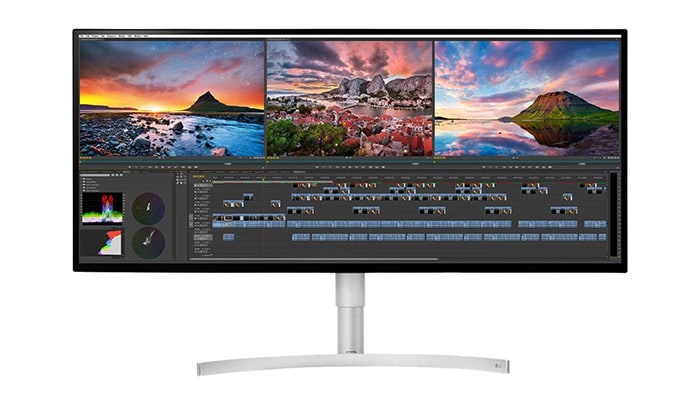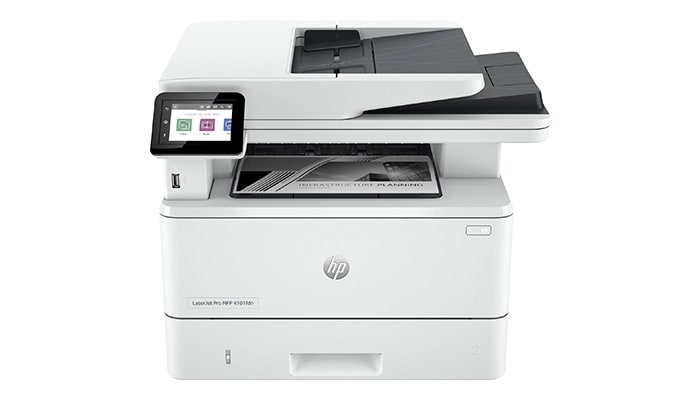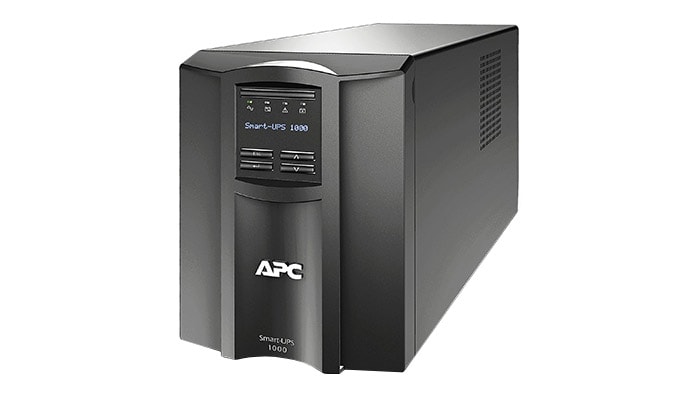This website stores cookies on your computer. These cookies are used to collect information about how you interact with our website and allow us to remember you. We use this information in order to improve and customize your browsing experience and for analytics and metrics about our visitors both on this website and other media. To find out more about the cookies we use,
see our Privacy Policy.
Office Technology
In the Office or Remote, Technology Powers Productivity
Office technology is an integral part of business. It can positively and negatively impact many areas of an organization. The right technology enables communication, improves employee morale, drives productivity, fosters innovation, delivers competitive advantages, reduces costs, and much more. It also keeps the organization connected by linking remote employees, office workers, satellite teams, and partners together around the world. Investments in communication and network infrastructure ensure conversations remain open and secure. Office technology can also significantly impact employee morale. As your organization’s most important asset, it is important to keep their spirits high by investing in the right ways to improve health while removing stress borne from outdated equipment.
New technology placed in the hands of a collaborative and highly productive workforce generates even greater levels of output and innovation. Multi-monitor workspaces, interactive videoconferencing equipment, high-bandwidth network infrastructure, and computers with the latest processors are a few investments that will have a positive impact on workflow.
Through productivity gains and innovation breakthroughs, the latest office technology delivers a competitive advantage in the market over businesses not making the same investments. Supporting the health and wellbeing of your workforce attracts top talent, which further amplifies these gains and drives results.
These investments, if implemented with proper planning and execution, can significantly reduce costs by shortening processes and enable teams to focus on mission-critical projects that grow the business.
New technology placed in the hands of a collaborative and highly productive workforce generates even greater levels of output and innovation. Multi-monitor workspaces, interactive videoconferencing equipment, high-bandwidth network infrastructure, and computers with the latest processors are a few investments that will have a positive impact on workflow.
Through productivity gains and innovation breakthroughs, the latest office technology delivers a competitive advantage in the market over businesses not making the same investments. Supporting the health and wellbeing of your workforce attracts top talent, which further amplifies these gains and drives results.
These investments, if implemented with proper planning and execution, can significantly reduce costs by shortening processes and enable teams to focus on mission-critical projects that grow the business.
Office Technology Updates
Keep Me Informed of the Latest Office Technology News
Stay Informed
Complete the form below to get the latest Office Technology updates.
Thank you for subscribing.

Small Business Printers
Printers are a very common sight in any office. They’re an essential technology used across many different industries and by businesses large and small. There is a wide selection of printers designed specifically for the printing needs of small businesses. So, no matter what your printing needs, there are printers to do the job.

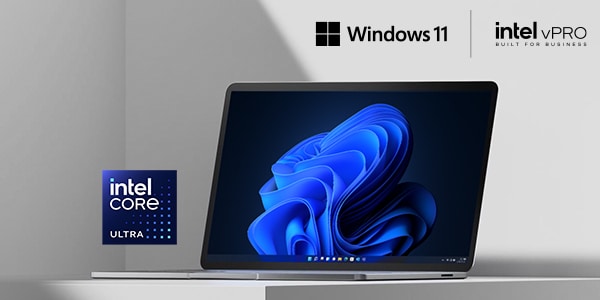
Now’s the Smart Time to Refresh
with AI-driven Windows 11 Pro PCs powered by Intel® Core™ Ultra processors. PCs bought during the pandemic are now approaching end of life. With Windows 10 end-of-support on the horizon, the time to upgrade is now. ITDMs face an important decision: continue with standard PCs or transition to AI-driven PCs. While two-thirds of ITDMs are aware of AI-driven PCs, most lack in-depth knowledge and have yet to evaluate them seriously.**Source: Intel 2024 AI PC Concept Test Commercial.
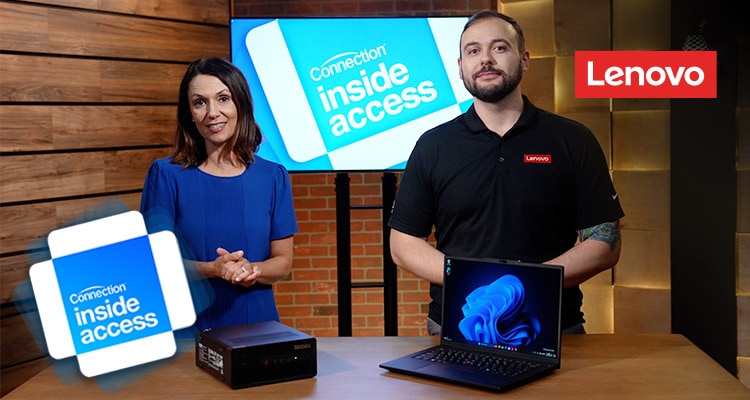
Inside Access: Lenovo Workstations
Experience the performance you need for your most demanding workflows. Watch our latest Inside Access video series and see how Lenovo workstations and Windows 11 push the limits of productivity, creativity, and innovation.
Unleash up to 55 TOPS of AI Performance with AMD Ryzen™ AI Pro 300 Series Laptops
Stay ahead of the curve with up to 55 TOPS of AI processing power. Accomplish more with a laptop that thinks as fast as you do.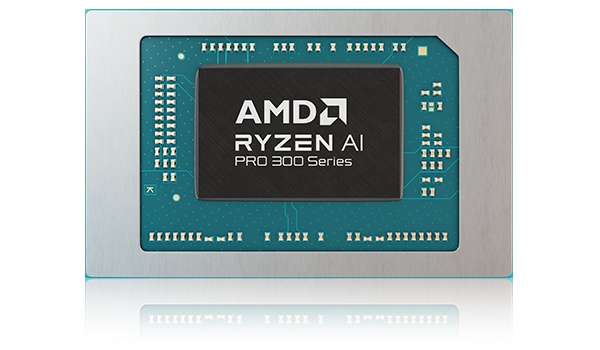
In-office Technology

Return to Office Solutions
Connection is uniquely positioned to help you navigate your return-to-office journey. Our experts can help you identify and select the right set of technologies that match your needs, environment, and goals. We’ve developed application frameworks to help ensure diverse technologies integrate seamlessly into one powerful, effective solution.- Remote Check-in and Continuous Location Tracing (CLT)
- Temperature Detection
- Touchless Entry
- Alerts and Info Sharing
- Smart Workspaces
- Augmented Mentoring
The Essential Office Technology Checklist for 2025

The way we work is evolving—hybrid, remote, and in-office setups now demand more flexible, secure, and efficient technology than ever before. Whether you're running a small business or managing an enterprise, having the right office tech can mean the difference between being highly productive or frustratingly inefficient.
From fast, secure networks to AI-powered collaboration tools, staying ahead in 2025 requires investing in the right hardware, software, and security solutions. Let’s break down the must-have devices, software, and tools that will streamline operations, improve collaboration, and enhance security in the year ahead.
From fast, secure networks to AI-powered collaboration tools, staying ahead in 2025 requires investing in the right hardware, software, and security solutions. Let’s break down the must-have devices, software, and tools that will streamline operations, improve collaboration, and enhance security in the year ahead.
1. Core Office Hardware
Investing in the right hardware lays the foundation for a productive, secure, and efficient workplace. Whether employees are working remotely, in-office, or in hybrid environments, these essential devices ensure smooth operations:- Computers and workstations: Laptops offer mobility for hybrid teams, while desktops provide more power for intensive tasks. For optimal performance, choose high-speed processors, 16GB+ RAM, and SSD storage. Devices should seamlessly integrate with cloud tools, videoconferencing, and secure access solutions to support modern workflows. Our Laptop Buying Guide can help you find the right devices to improve the productivity of your workforce.
- Printers and scanners: Wireless, cloud-connected printers improve accessibility, while all-in-one models streamline printing, scanning, and copying. Eco-friendly options with energy-efficient settings and ink-saving technology help reduce costs and environmental impact. Investing in updated printing technology also ensures compatibility with technologies enabling your business to adapt to evolving market demands. For help finding the right printing solution for your office, refer to our Printer Buying Guide.
- Conferencing and communication equipment: High-definition webcams and noise-canceling microphones enhance virtual meetings, while smart conference room setups (Zoom Rooms and Microsoft Teams Rooms for instance) improve hybrid collaboration. Wireless speakerphones and 360-degree cameras ensure remote participants stay engaged.
- Network and connectivity: High-speed routers and mesh Wi-Fi systems ensure seamless connectivity, while VPNs and secure remote access tools protect sensitive data. Backup Internet solutions like 5G hotspots prevent downtime and will keep your business operations running smoothly.
2. Essential Productivity and Collaboration Software
If you want employees to be able to work efficiently and stay connected, cloud-based tools can help improve collaboration and streamline workflows whether your team works in the office or offsite.- Office suites: Cloud-based platforms like Microsoft 365 and Google Workspace enable real-time editing, version control, and seamless document sharing. These suites provide essential business tools such as word processing, spreadsheets, and presentation software while ensuring accessibility from any device.
- Project management and workflow tools: Platforms like Trello, Asana, and ClickUp help teams track tasks, deadlines, and project progress. Integrating time-tracking and productivity apps improves accountability and ensures efficient workflow management.
- Communication and team collaboration apps: Messaging and videoconferencing tools—like Slack, Microsoft Teams, and Zoom—facilitate quick communication and virtual meetings. AI-powered transcription tools further enhance productivity by automating meeting notes and summarizing key takeaways.
- Secure file storage and document management: Cloud storage solutions like Google Drive, Dropbox, and OneDrive provide secure access to files from any location. Built-in compliance and encryption features also help protect sensitive data while maintaining regulatory standards.
3. Cybersecurity and IT Management
The right security and management tools help safeguard sensitive information, prevent cyberattacks, and ensure operational continuity.- Endpoint security and threat protection: AI-driven antivirus and malware protection detect and neutralize threats in real time. Implementing multifactor authentication (MFA) and password managers adds an extra layer of security, reducing the risk of unauthorized access and credential theft.
- Data backup and disaster recovery: Cloud-based backup solutions ensure critical business data is securely stored and easily retrievable in the event of hardware failure, ransomware attack, or accidental deletion. A disaster recovery plan will help you restore operations quickly while minimizing downtime.
- IT asset and device management: Remote IT management platforms can be used to monitor, update, and secure devices across hybrid and remote teams. Enforcing best practices, such as automated security patches and endpoint encryption, will further prevent vulnerabilities and ensure compliance with security standards.
4. Office Ergonomics and Smart Tech
Investing in ergonomic office equipment and smart technology enables employees to work efficiently while reducing strain and fatigue.- Ergonomic office equipment: Adjustable desks and ergonomic chairs support proper posture and reduce discomfort during long work hours. Blue-light filtering monitors and anti-fatigue accessories help minimize eye strain and physical stress, promoting a healthier work environment.
- Smart office technology: AI-powered assistants like Alexa for Business and Google Assistant streamline tasks, manage schedules, and enhance productivity. IoT-enabled smart lighting and temperature control create a more comfortable and energy-efficient workspace by adapting to employee preferences and office conditions.
5. Future-proofing Your Office Tech
As technology evolves, your business can stay ahead by adopting flexible, scalable solutions that support long-term growth and innovation. Futureproofing requires evaluating scalability and integration when adopting new tools to make sure they align with business goals. Regular tech audits help identify inefficiencies, security gaps, and opportunities for optimization.Key trends shaping the future of the modern workplace include:
- AI-powered automation: AI is streamlining workflows, optimizing communication, and reducing manual tasks to boost productivity.
- Hybrid and remote work solutions: Cloud-based collaboration, secure connectivity, and virtual management tools are essential for today’s flexible work environments.
Building a Smarter, More Efficient Office in 2025
By investing in the right hardware, software, and security measures, you can streamline operations, protect sensitive data, and support hybrid teams with ease. Regular tech audits and strategic upgrades will help your business stay on top of and adapt to emerging trends so you can be more productive and competitive.The right office technology isn’t just an investment—it’s a foundation for long-term success. Is your office ready for 2025?
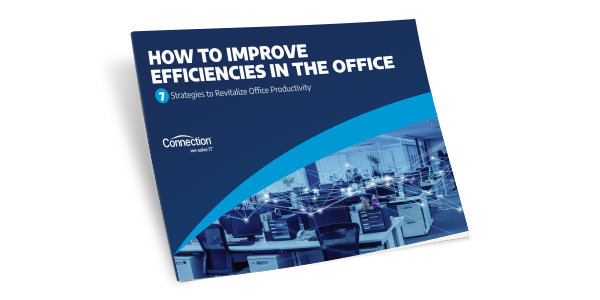
How to Improve Efficiencies in the Office
Seven Strategies to Revitalize Office Productivity
Returning to the office is an opportunity to rethink both the physical space and essential processes to eliminate pain points and increase efficiency. What aspects of your office setup should be in your sights as you find ways to help make the return to the office more productive than ever?The Ultimate Guide to Smart Office Technologies
The global smart office market is projected to grow at a CAGR of 12.92%, expanding from $34.34 billion in 2021 to $80.41 billion by 2028. Read this eBook to explore how to build a cohesive smart office strategy, the core technologies shaping modern workplaces, and the best practices for designing an innovative, future-ready workspace. Whether you’re upgrading an existing office or designing a new one, this blueprint will provide the insights you need to make smart office technology work for you.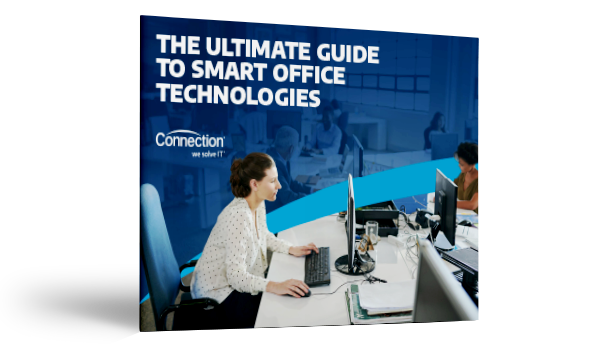
Remote Work and Home Office Technology
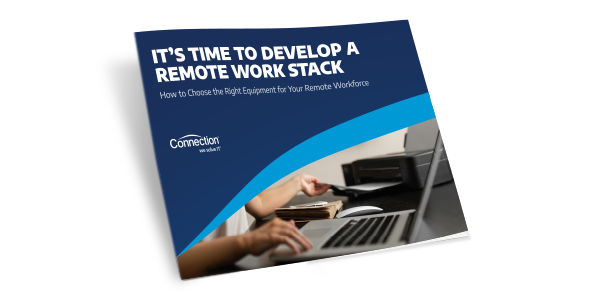
It’s Time to Develop a Remote Work Stack
How to Choose the Right Equipment for Your Remote Workforce
A remote workforce offers your business many benefits. From the ability to tap into the world’s leading talent to strategically lowering your overhead, remote employees keep business moving forward even amid the most unexpected events.However, it’s important to take proactive steps to help your remote workers be as productive as possible. Invest in the hardware, software, and services needed to turbocharge their ability to get work done and serve customers from anywhere.
Working In a Remote World
It’s no longer necessary to be in an office full time to be a productive member of a team. Whether your teams are working remotely a few days a week or full time, this guide is for you.
From project management to relationship building to protective measures for cybersecurity—our guide to Working in a Remote World can help businesses, entrepreneurs, and employees create a strategy to achieve remote work success.

Hybrid Meeting Technology
Facilitating effective communication is crucial for successful collaboration within any organization, regardless of whether in office or working remotely. Utilize the best hybrid meeting technology to ensure seamless collaboration and maximize productivity.

How to Overcome Connectivity Challenges in Hybrid Work Environments

Hybrid work is no longer a passing trend; it has become the new standard. Globally, 98% of workers want the option to work remotely at least part of the time, and business leaders are taking note. Over the past two years, 95% of organizations have adopted more flexible work policies, with 82% planning to expand flexibility even further.
While this shift has increased employee engagement—hybrid workers report the highest engagement at 35%, compared to 27% for in-office employees—it also presents ongoing connectivity challenges that can hinder productivity and collaboration. Unreliable networks, security vulnerabilities, and bandwidth limitations can result in lost work hours, communication breakdowns, and frustrated employees. A poor connectivity experience not only slows down workflows but also increases IT support costs and security risks, making it essential for businesses to invest in scalable, high-performance network solutions.
This article explores how you can help hybrid teams stay connected, secure, and efficient.
While this shift has increased employee engagement—hybrid workers report the highest engagement at 35%, compared to 27% for in-office employees—it also presents ongoing connectivity challenges that can hinder productivity and collaboration. Unreliable networks, security vulnerabilities, and bandwidth limitations can result in lost work hours, communication breakdowns, and frustrated employees. A poor connectivity experience not only slows down workflows but also increases IT support costs and security risks, making it essential for businesses to invest in scalable, high-performance network solutions.
This article explores how you can help hybrid teams stay connected, secure, and efficient.
The Connectivity Challenges of Hybrid Work
As hybrid work becomes the standard, network reliability, security, and bandwidth limitations remain major obstacles. Many employees rely on residential Internet connections that struggle with videoconferencing, cloud applications, and large file transfers, especially during peak hours. Geographic disparities further complicate connectivity, as workers in rural areas face limited access to high-speed broadband. Additionally, 64% of organizations say their current network is made up of a patchwork of different supplier technologies, which has created inefficiencies for IT teams.Security is another growing concern, with 69% of organizations seeing a rise in network security threats due to remote work. Unsecured home networks, personal devices, and public Wi-Fi usage introduce vulnerabilities that cybercriminals can exploit. As hybrid workforces expand, businesses must adopt scalable, secure, and high-performance solutions to ensure seamless connectivity and data protection across all work environments.
How to Achieve Seamless Hybrid Connectivity
To overcome connectivity challenges, businesses must invest in technologies that enhance speed, security, and reliability for hybrid teams. Software-defined wide area networks (SD-WAN) optimize traffic flow, ensuring critical business applications get priority bandwidth while reducing latency and security risks. Mesh Wi-Fi networks eliminate dead zones in home and office setups, providing seamless, high-speed Internet coverage for uninterrupted collaboration.Cloud-based communication tools—like Zoom, Microsoft Teams, and Slack—enable real-time collaboration, reducing dependence on unreliable email chains. VPNs and Zero Trust security models further strengthen hybrid work environments by encrypting connections and preventing unauthorized access. With 88% of organizations prioritizing network infrastructure simplification, adopting these solutions ensures hybrid teams stay connected, productive, and secure.
How to Strengthen Security for Hybrid Work Connectivity
As hybrid work expands, network security threats continue to rise, making robust cybersecurity measures essential. Multifactor authentication (MFA) and password managers help protect employee accounts, reducing the risk of unauthorized access. Meanwhile, endpoint security solutions safeguard company devices from malware, phishing attempts, and other cyberthreats.To prevent data breaches and service disruptions, businesses should implement VPNs and Zero Trust security models, ensuring remote employees access only what they need while keeping sensitive data protected. Cloud-based backup and disaster recovery solutions also provide an extra layer of security, allowing organizations to quickly restore critical data in case of cyber incidents or system failures.
Enhance Employee Hybrid Work Experience with Better IT Support
While technology plays a critical role in ensuring seamless connectivity, the employee experience is equally important. Hybrid workers often struggle with inconsistent network performance, security concerns, and limited access to real-time IT assistance, which can hinder productivity and collaboration.To support a distributed workforce, IT teams must adopt proactive support strategies, such as:
- Remote network monitoring: Using AI-powered tools to detect connectivity issues, optimize bandwidth, and troubleshoot problems before they disrupt work.
- Self-service IT portals: Providing employees with access to troubleshooting guides, security training, and automated support tools to resolve minor issues quickly.
- 24/7 IT assistance: Offering live support via chatbots, help desks, or dedicated IT teams to address urgent connectivity challenges, especially for global teams in different time zones.
Future-proof Your Hybrid Work Connectivity
To ensure long-term success, organizations must prioritize future-ready solutions that adapt to evolving hybrid work demands. AI-powered network management solutions can proactively monitor and optimize connectivity, addressing issues before they impact productivity. It’s also important to evaluate the scalability and integration of new technologies to ensure they work seamlessly with existing systems.5G networks and edge computing are also emerging as transformative technologies for hybrid work connectivity. 5G provides faster speeds, lower latency, and improved network reliability, making it an ideal solution for remote workers in areas with limited broadband access. Meanwhile, edge computing processes data closer to the user rather than relying on centralized cloud servers, reducing lag and improving real-time collaboration for cloud applications, videoconferencing, and remote work platforms. Finally, regular tech audits help identify outdated or underperforming technologies and allow you to stay ahead of emerging connectivity challenges.
Seamless connectivity is the backbone of a thriving hybrid work environment, enabling teams to collaborate effectively across multiple locations. As hybrid work continues to evolve, investing in scalable, high-performance network solutions will ensure teams stay connected, secure, and efficient—no matter where they work.

The Essential Guide to Working from Home
Working from home is here to stay. When it comes to attracting and retaining top talent, remote work is a benefit your company can’t ignore. Get the facts. Download this guide to learn the key considerations your business should be making.Office Technology Resources

Adobe Sign
The Total Economic Impact
Adobe Sign improves workflow efficiencies which add up to incredible savings. See how Adobe Sign can digitize and optimize your document processing operations and save your company time (and money). Download ‘The Total Economic Impact’ Infographic to learn how much you can save by going digital today.
Monitor Buying Guide
Are you replacing outdated monitors with the latest display technology? Increasing the number of units per workstation to expand productivity?
Printer Buying Guide
Are you looking for printers for the office or to improve the productivity of your remote workforce? Workgroup units with high volume capabilities or units for single users with multi-function needs?
Laptop Buying Guide
Which operating system is right for your environment? How much RAM (and which processor) is needed for your power users? What build quality and features does your mobile workforce require?
Data Storage Buying Guide
Do you need new internal hard drives to improve the performance of your existing computers? Or maybe external drives to expand your storage volume and/or to take your files on the go?
Cable Finder
Find the right cable(s) to connect your devices with our easy-to-use configurator.
Print Supplies Finder
Keep your printing operations running with new ink and toner cartridges.
Server Technology
Build a scalable backbone for your IT infrastructure with the right server technology. Servers power the data processing, storage, and management essential to your business operations. As demands for performance, scalability, and security grow, choosing the right server solutions has never been more critical.
Manufacturing Technology
What is on your IT roadmap? Do data security concerns keep you up at night? Are you prepared for the future of smart technologies? Are you behind the competition?
We’re here to help connect you with the technologies you need to create a smart manufacturing enterprise.
We’re here to help connect you with the technologies you need to create a smart manufacturing enterprise.
Small Business Technology
Which technologies in your office are in most need of an upgrade: A PC or monitor refresh? A network expansion or security overhaul? Should you invest in infrastructure or innovation?
We’re committed to helping your small business get the most out of its technology investments.
We’re committed to helping your small business get the most out of its technology investments.
Conference Room Technology
Do you have the right technology to foster collaboration? Conference room technology is transforming the way we meet and collaborate in the workplace. We’ll help your business adapt to the changing workplace and ensure your teams stay connected.
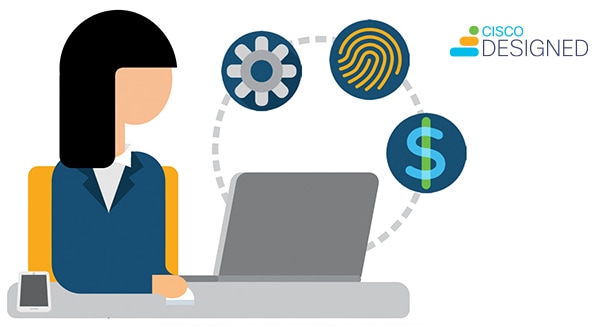
Small Business Network Checklist
If you’re looking to expand your business, then you’ll need to set up a secure network in your new office(s). Here’s a simple checklist to help you get started:- Look for simple, smart solutions
- Look for technical support
- Look for key features
- Look for flexible options

Top Office Technology Investments
Improve Operations with These Tech Investments
From automation and managed services to network speed and security, check out these six office technology investments that will have a positive impact on your business this year.Workplace Transformation Services
Modern Infrastructure Solutions to Enable Digital Modernization
Is your organization offering the fast and friction-free technology experiences its employees have become used to? If your office technology isn’t up to date, the best place to start is with your IT infrastructure.
Modern Device Management
Modern Device Management isn’t just a simple technology deployment: it’s a major paradigm shift.
MDM Services:
MDM Services:
- Achieve a “single pane of glass” view of devices across the entire organization.
- Marry business and IT initiatives to improve the employee experience by providing modern devices with modern UIs.
- Achieve complete corporate compliance across all devices and users.
Virtual Desktop Infrastructure (VDI)
Virtual Desktop infrastructure offers benefits, like simplified deployment, simple scaling, and enhanced security.
VDI Services:
VDI Services:
- Save your IT department’s time and money by consolidating your hardware inventory and maintenance.
- Improve end-user productivity by offering fast-loading virtual desktops or applications for use on any device.
- Centralize security and improve disaster recovery preparedness by housing more of your organization’s data in one location.
Windows 10 Deployment and Management
Planned and executed properly, an operating system upgrade can be painless and lead to increased productivity across your organization.
Windows 10 Services:
Windows 10 Services:
- Protect your investments in technology with Microsoft’s most secure—and supported—operating system.
- Improve corporate infrastructure, providing end user device control and visibility.
- Avoid the costs of extended security updates to Windows 7.
Was $539.00
Now
$429.00
Was $119.99
Now
$89.99
Was $759.00
Now
$622.00
Batch Add Products by Item #
13




